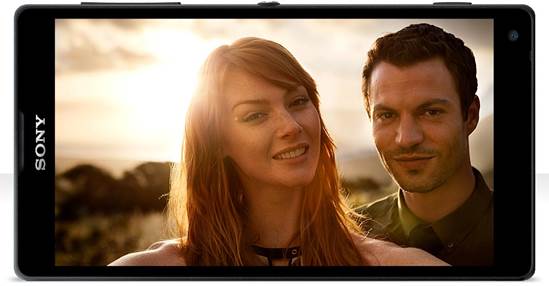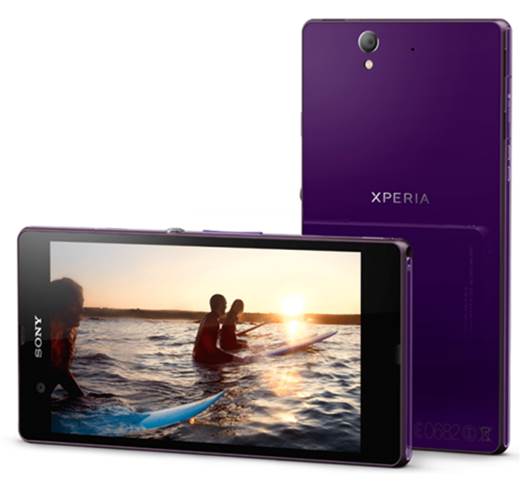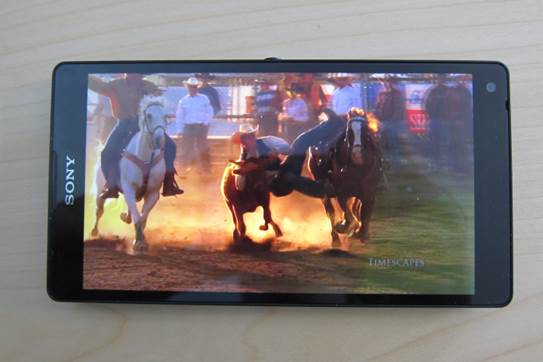Camera
Like LCD, you will mainly know that you
receive with the Exmor RS-based 13-megapixel rear camera of Xperia ZL, sice we
saw the same unit on Z back to February. It’s largely a good thing. The images
are not as sharp as we like when watching at 100% level, and usually have
unnecessarily high noise level in the well-lit scenes, but the camera creates
mostly accurate colors and focuses fast and on the right subject. To have full
res, you will have to shoot at the more traditional rate of 4:3. Fitting with
the natural screen rate of ZL requires you to reduce to a 9MP image.

The
images are not as sharp as we like when watching at 100% level, and usually
have unnecessarily high noise level in the well-lit scenes, but the camera
creates mostly accurate colors and focuses fast and on the right subject.
We think that most of the users will hardly
want to do something that relates to shooting a nice shot. Superior Auto (also
called auto i+) mode usually chooses a scene mode that is proper to the
condition, whether there’s strong backlight or no real-life light. You can
force HDR to save an extra duration or turn it on/off from Normal mode – we find
it very convenient to clean the noise in some night scenes but normally
unnecessary. A LED flash will grasp these whole extreme situations when you’re
in your house with little light at the nearby subject, though the background
illumination of the sensor is so good that at the regular level it will be
better to turn off the flash if it relates to working with inky darkness.
There’s no shortage of better conditions
for those who refuse the fully automatic modes, including 10fps burst shooting,
lots of effect filter and the basic things such as ISO or white balance. The
general interface has a welcome similarity with the interface on the newer Cyber-shot
cameras, though the speed hasn’t improved significantly since we tested Xperia
Z. when there’s no excessive delay for each shots, the app can takes a few
seconds just to boot, the wasted time of which is enough to miss precious
moments. At least there HTC-styled buttons in the camera app to begin shooting
images or recording videos, with low res shooting option at the center of the
video.

There’s
no shortage of better conditions for those who refuse the fully automatic
modes, including 10fps burst shooting, lots of effect filter and the basic
things such as ISO or white balance.
The special trick of the rear camera is the
HDR video mode. It does what it says – this setting records videos with few
flashed highlights or weak-exposed shadow, which leads to more interesting
balance. You can see the effect in the video above. It’s a gentle adjustment, but
easy to see. The software of Sony is capable of shooting images at lower res
between the video, like a lot of recently-released smartphones. If you make HDR
movie, you can only take 1MP shots at the middle section.
How about the 2MP front camera? On, it’s
still there. The output is good enough for an Instagram “self-shooting” image
or a Skype video call, but not anymore. In most part, Sony has the advantages
in mounting the camera on the bottom instead of on the top, reducing the
possibility that we will only take images or our forehead.

In
most part, Sony has the advantages in mounting the camera on the bottom instead
of on the top, reducing the possibility that we will only take images or our
forehead.